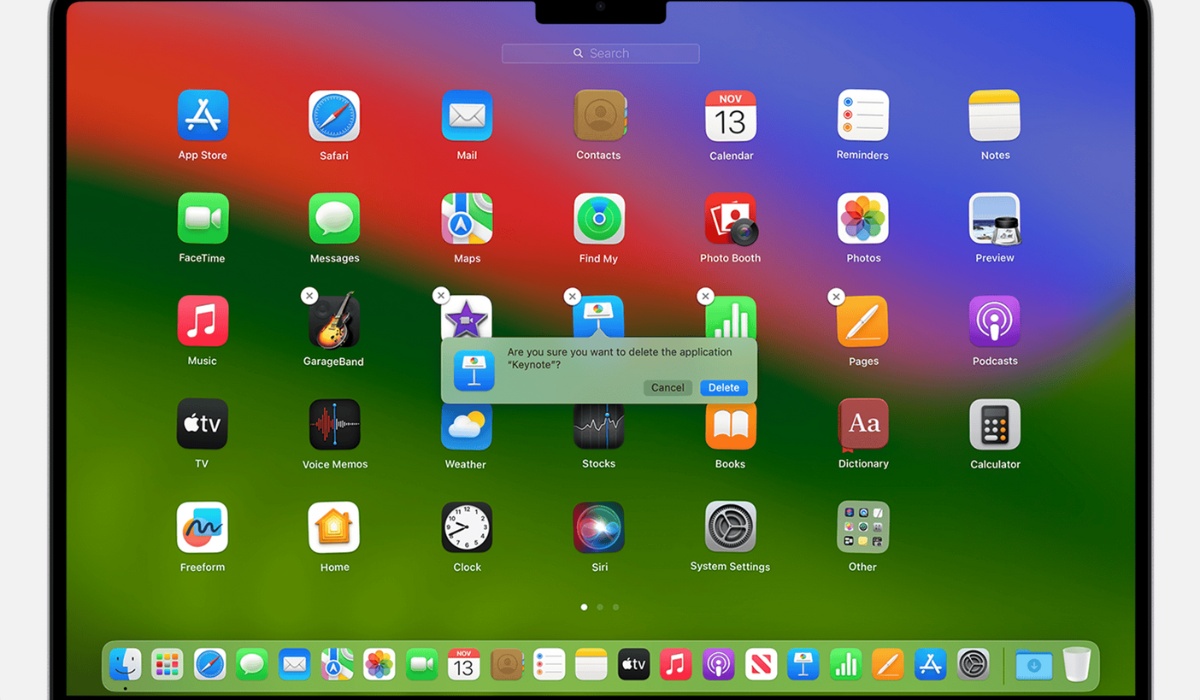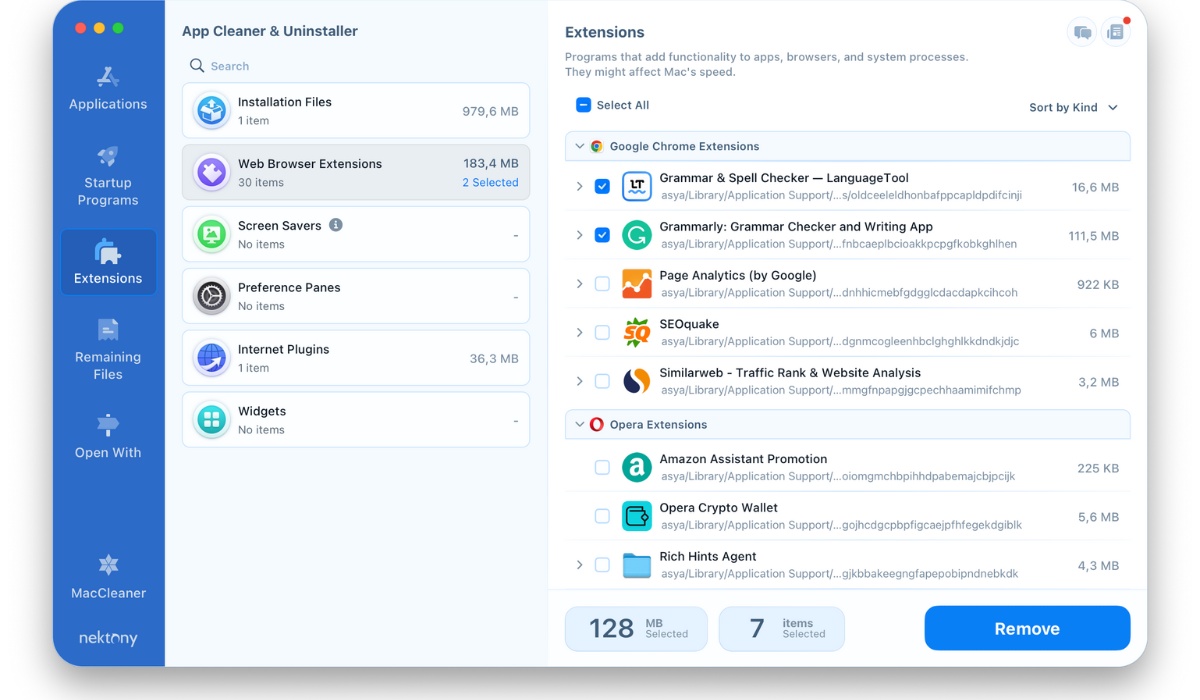As the list of unused applications on your Mac continues to grow, it seems like it’s time to free up storage space for more essential apps. However, only some are aware that this procedure differs based on whether you downloaded the apps online or from the App Store. Everything you need to know about properly deleting apps from a Mac is covered in this article.
You can easily remove most basic programs by moving their icon to the trash. More sophisticated programs could have their own removal process or need to be fully removed from any residual files and settings by using a third-party uninstaller. Now let’s move!
Table of Contents
How To Uninstall Apps On Mac
1. Use Launchpad to uninstall apps downloaded from the App Store

To open Launchpad, you can choose between directly clicking on the icon in the Dock or opening it from the Applications folder. Another option is to perform a simple pinch gesture using your thumb and three fingers on the mouse pad.
If you can’t find the desired app, directly enter its name into the search field at the top of Launchpad. Switching between app pages is as easy as clicking on the dot at the bottom of the screen or swiping your fingers right or left.
To remove an unnecessary app, hold down the Option key or press and hold until it gently shakes.
Then, click on the Delete button next to the app you want to remove. Finally, confirm the deletion by clicking Delete, and the app will disappear instantly, freeing up storage space for more essential applications.
2. Use Finder to uninstall the application

If you are unable to delete the app from Launchpad, instead, follow these steps using Finder:
Switch to Finder, which can be done by clicking on the desktop or the Finder icon in the Dock.
Select the app you want to uninstall. Most apps are located in the Applications folder, which you can open by clicking on Applications in the sidebar of any Finder window or selecting Go > Applications from the menu bar in Finder.
Use any of the following methods to move the app to the Trash:
Drag the app into the Trash.
Select the app and choose File > Move to Trash from the menu bar.
Select the app and press Command + Delete on your keyboard.
If prompted for a username and password, enter the information for your Mac’s administrator account. This is typically the username and password you use to log in to your Mac.
To permanently delete the app after moving it to the Trash, choose Finder > Empty Trash.
3. Uninstalling third-party applications on a Mac
Uninstalling third-party applications on a Mac can be done through uninstallation utilities. Using an uninstallation tool has the advantage of not only removing the application but also cleaning up all related files and settings. There are several uninstallation tools available for Mac, including both paid and free applications. Here are two effective options:
App Cleaner:

- Download and install AppCleaner from the official website.
- Drag the application you want to uninstall into the AppCleaner window.
- AppCleaner will search and display all related files and folders.
- Press the Delete button to complete the process.
Clean My Mac:

- Download and install CleanMyMac from the official website.
- Open CleanMyMac and select the Uninstaller section.
- Choose the application you want to uninstall and press Uninstall.
- CleanMyMac will automatically remove the application and its related files.
Utilizing these tools ensures a comprehensive uninstallation of applications from your system.
4. Apps You Are Unable To Delete
You are unable to remove certain stock programs from your Mac. For instance, macOS Sonoma won’t let you delete apps from the App Store, Calendar, Mail, and other apps by dragging them to the Trash or using Command-Delete. Additionally, these apps won’t display the “x” in LaunchPad’s upper-left corner of their icons.
Periodically scanning your Mac for unnecessary apps is a smart idea, particularly if you’re running low on storage space. If you decide you would like to utilize deleted apps again, you can always re-download them.
Conclusion
Efficiently managing and deleting programs on a MacBook is critical for optimizing disk space and keeping the system running smoothly. Users can uninstall apps using a variety of techniques. Furthermore, comprehending the nuances of uninstalling built-in apps and removing remaining data from the Library folder ensures a thorough cleansing. Regular app cleanup not only frees up storage but also helps to make the MacBook experience smoother and more responsive. By following how to delete MacBook apps, users may maintain their systems clean and clutter-free, improving overall performance and efficiency.
